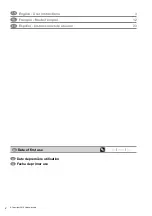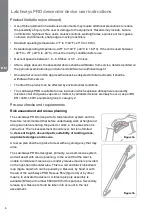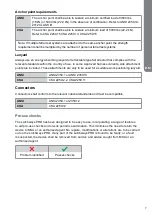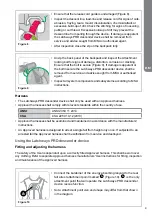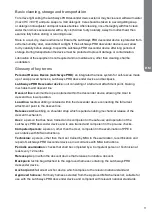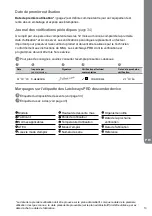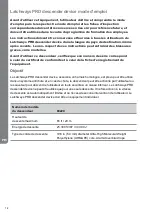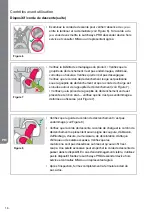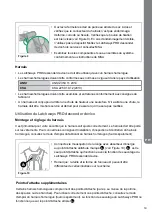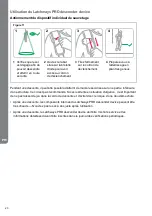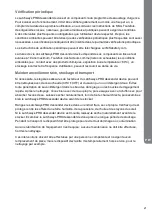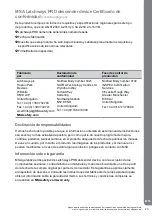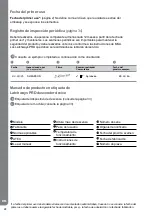
10
Using the Latchways PRD descender device
Additional attachment points
Some Approved harnesses may include attachment points (e.g. at the chest, shoulders or hips).
Refer to separate Approved harness User instructions for correct use of these attachment points.
The Latchways PRD rescue facility will operate on the rear attachment point
A
1
only.
Activating self-rescue
During a descent it may be possible to land on a lower part of a structure, this is not recommended
as it may cause slack in the system and provided potential for a secondary fall.
• Following a descent, internal components of the Latchways PRD descender device may become
hot. Allow to cool before opening the backpack.
• After a descent, the Latchways PRD descender device must be withdrawn from service and
details recorded on the periodic examination log.
Periodic examination
The Latchways PRD descender device is a key component in an emergency rescue plan. To
assess functionality periodic examinations shall be completed at least every 12 months, from
the date of first use, in accordance with MSA instructions. Local requirements, environmental
conditions or frequency of use can dictate more frequent examination. The periodic examination
shall be recorded in the periodic examination log. Approved harnesses shall be examined in
accordance with the manufacturers' instructions.
Periodic examination instructions may be downloaded from MSAsafety.com.
The service life of the Latchways PRD descender device, based upon its textile elements, has
been evaluated to be up to 10 years. Factors such as (but not limited to): environmental conditions
(eg contact with chemicals, exposure to temperatures >140ºF (>60ºC), incorrect storage and
frequency of use may reduce the service life.
2
3
4
1
Check the ground
below to ensure
descent path is
clear and a safe
landing is possible.
2
Open the flap on
the right shoulder
strap to access the
release cord.
3
Pull sharply on the
release cord.
4
Prepare for landing
by bending knees.
Figure 19
1
EN
EN


